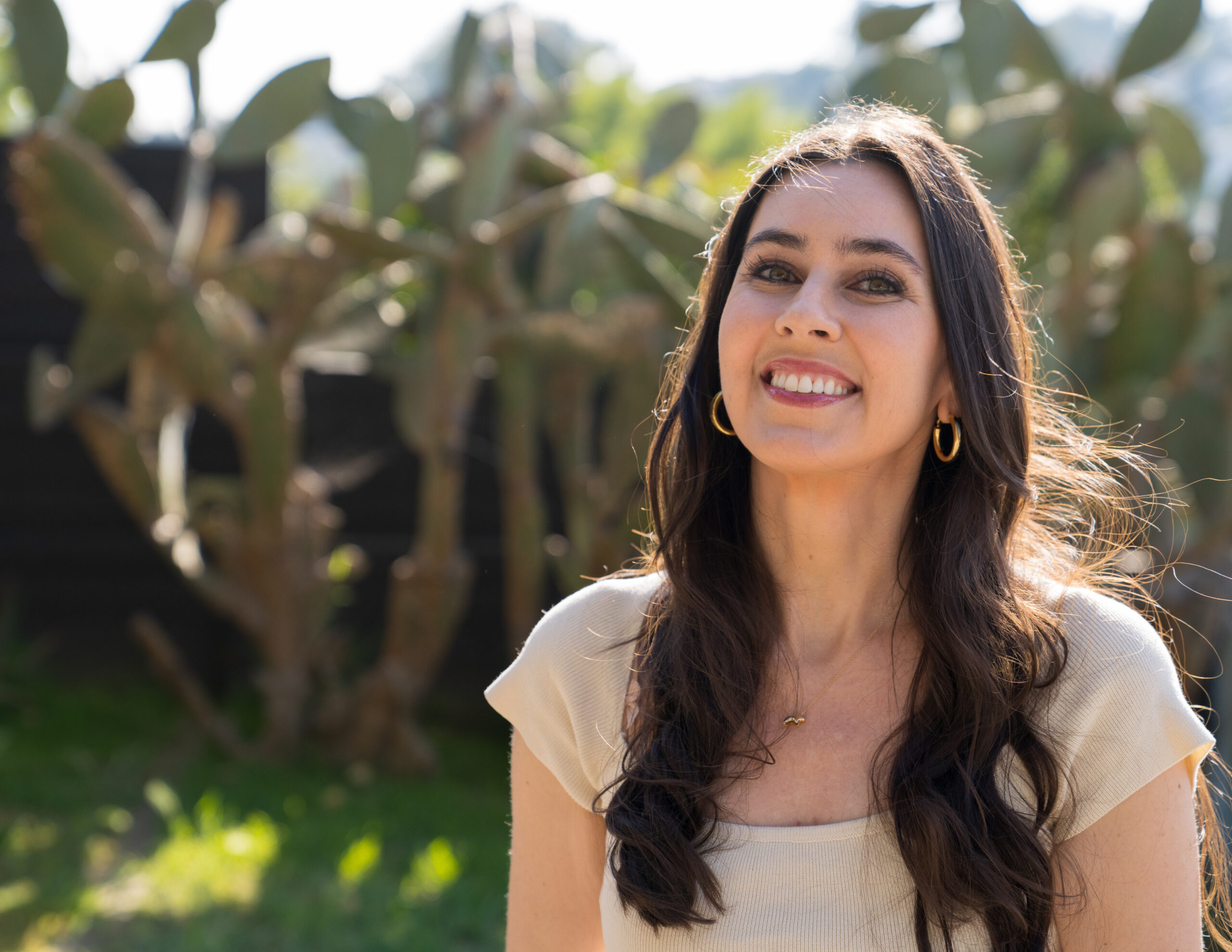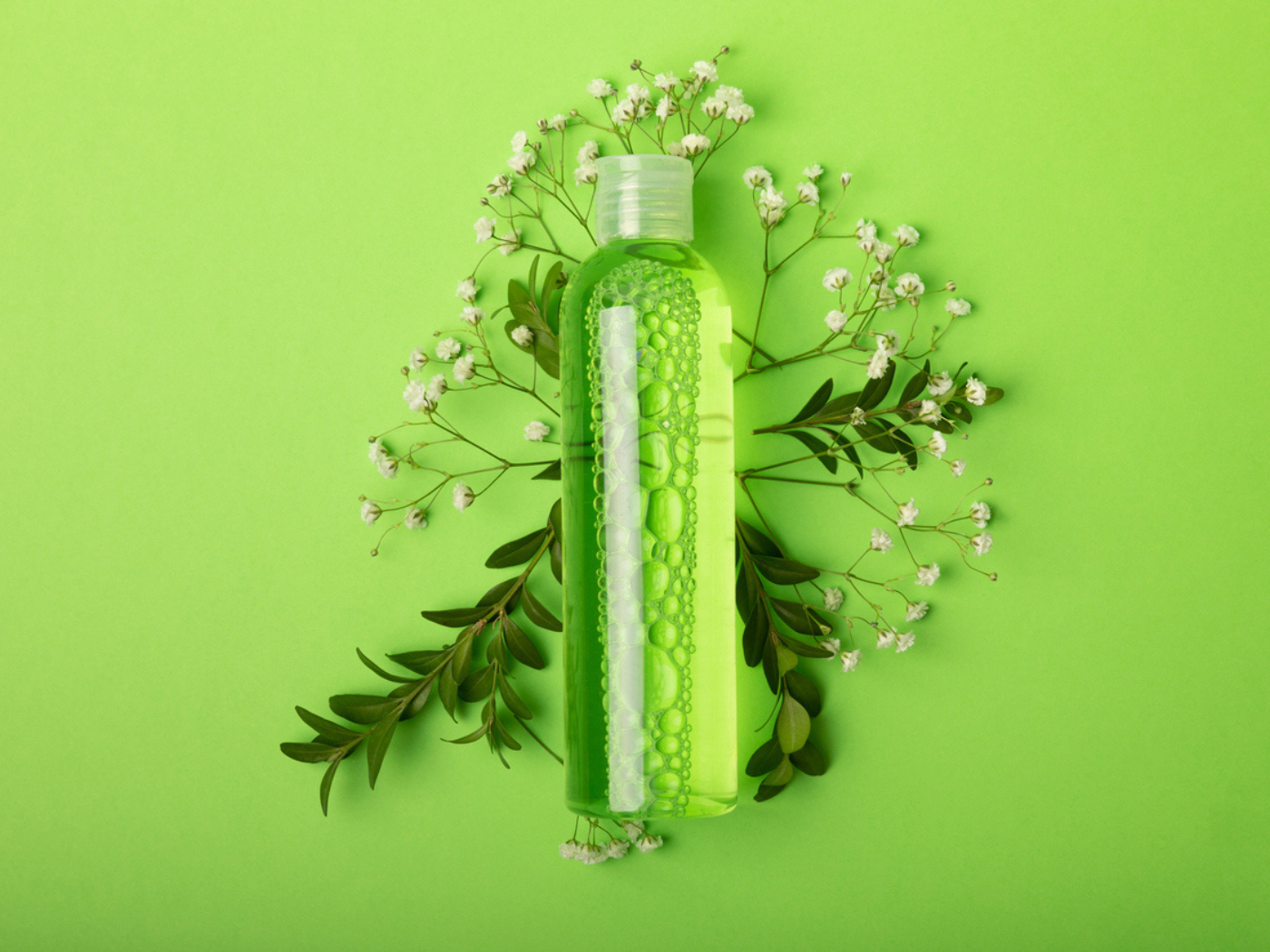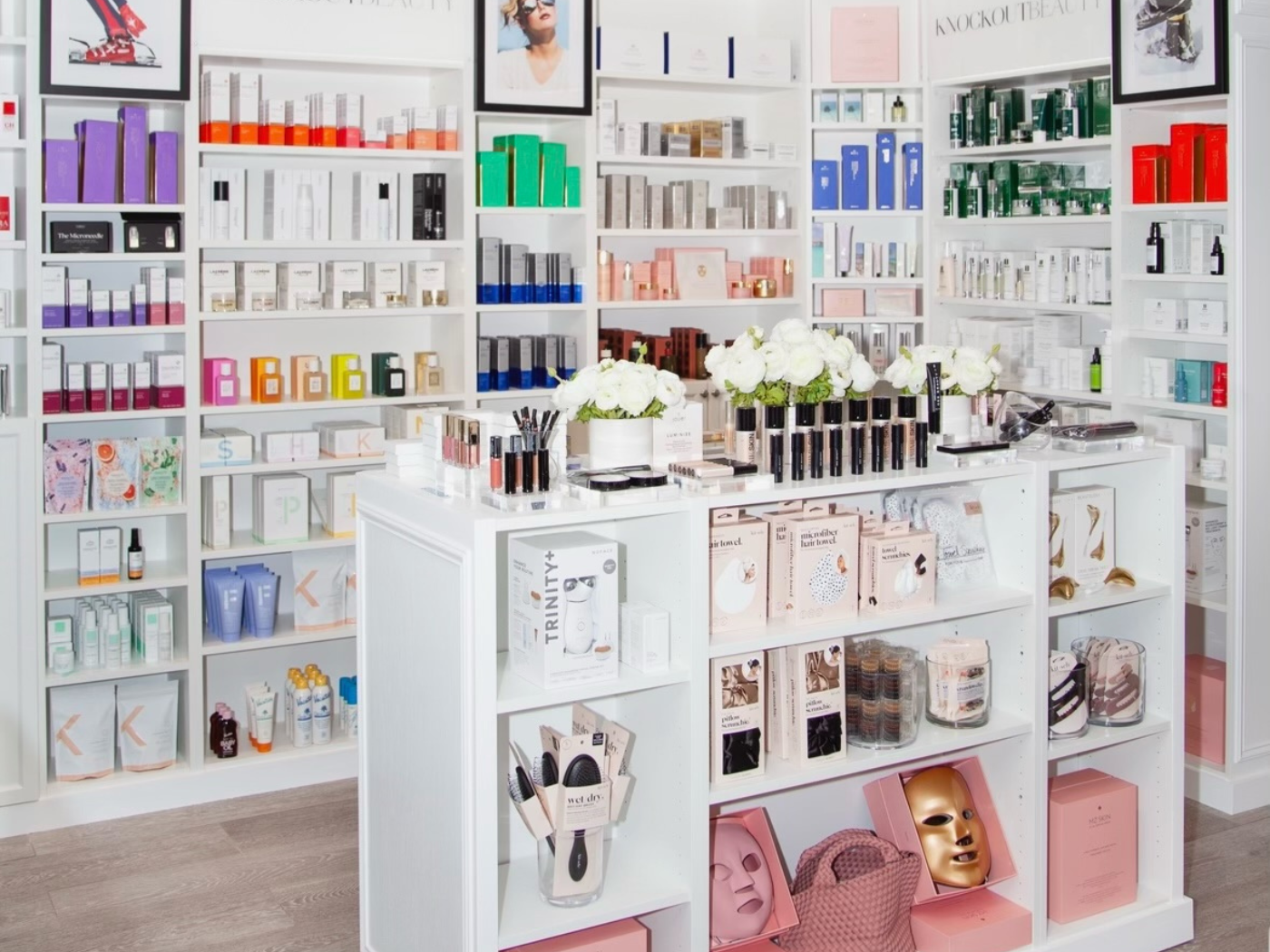There’s no single misstep to account for the struggles of Revlon over the past two decades. But in Extremely Online: The Untold Story of Fame, Influence, and Power on the Internet, journalist Taylor Lorenz describes a fateful decision that — for many veteran beauty executives across the industry — may provoke a shudder of recognition.
In 2009, Revlon met with YouTube, which had recently launched its Partner Program, allowing top video creators to share in ad revenue. At that meeting, YouTube’s head of partnerships pitched Revlon on teaming up with the number one female YouTuber at the time, a beauty content maker named Michelle Phan. As Lorenz reports, the Revlon executive breezily dismissed the idea out of hand, saying, “Oh, these kids. Where do they find the time? Now, that’s not for us.” Revlon chose not to engage with the upstart generation of independent content creators and Phan went on to build her own $500 million cosmetics company, EM Cosmetics.
Lorenz’s book, a history of the online creator community of the past two decades, documents many such moments when companies underestimated the power of social media and influencers at their peril. “In those early days, a lot of brands thought that content creators cheapened their image because they weren’t making ‘premium content,’” says Lorenz, who covers technology at The Washington Post. “Ultimately, they were wrong.” CEW talked to the author about influencers, authenticity and how even legacy brands can embrace new social media platforms.
Catherine Hong: One thing that really struck me in your book is the way you document how rapidly online culture changes. For instance, in 2017, social media was all about hyper aspirational, hyper polished content. By 2018 the ultimate status symbol for a creator was a sponsorship. But by 2019, everyone’s goal was suddenly relatable “authenticity.” When you look back at how quickly things have changed, does it make you think there’s no way to predict what’s going to happen?
Taylor Lorenz: I definitely think that you start to see these macro patterns. That’s why I wanted to write this book looking at internet history, because I think history repeats itself. Things ebb and flow and there’s a lot of flip flop between aspirational content and “authentic,” or less curated content. So, yeah, if you spend enough time online I do think you can start to predict.
CH: And what about this idea of “selling out,” which used to be such a dirty word. You describe an interesting phenomenon that began to emerge around 2018 when influencers (or wannabe influencers) started tagging their posts #ad even if they had bought the products with their own money, just because having a sponsorship made them look cool. Do you think consumers care if their favorite influencers are “selling out?”
TL: Unfortunately, I think we live in such a hyper capitalist system right now and there’s such pervasive nihilism, especially among young people, that there’s very much this ethos of, “Get your money while you can.” Anybody who gets money is somebody to be sort of lauded. Think about someone like Kim Kardashian — the respect for her comes from the money that she makes. So, no, I don’t think selling out is a concept people really care about.
CH: I’m very interested in the idea of “authenticity,” which you trace to Emma Chamberlain, who became a star with her signature style of janky, messy, lo-fi content. Your book recounts how, at Beautycon in 2019, Instagrammers spoke about moving away from ring lights and shooting their faces in sunlight. And there was also that trend of beauty influencers showing their “empties” as evidence of what they really use. Where do you think we are today in terms of “authenticity?”
TL: I think the majority of content that’s resonating right now is still the kind of realistic content that feels more human. Because we’re so bombarded with marketing messaging, people want something that feels like it cuts through the BS. They want content that resonates with them and that feels relatable. But then eventually, you know, that “authenticity” becomes performative, and the trend flips back to aspirational.
CH: What trends are you seeing now in the beauty influencer space?
TL: Are you familiar with Evelyn Get Ready With Me on TikTok? I think she’s like 12 or 13 years old. Her persona is tween girl bully and her whole thing is “When girls whatever.” She does this whole, like, ten step beauty routine where she applies serum after serum. She had 20,000 followers less than a month ago and she’s almost at 400,000 now. I’ve never seen someone grow so fast — she’s at like, Charli D’Amelio level! I think it demonstrates how girls are now growing up watching so much beauty content that they’re incredibly advanced in this area.
CH: A lot of brands feel flummoxed when it comes to social media because it’s so hard to know what’s a passing fad and what’s here to stay. In your book you recount how Clubhouse was widely hyped as the Next Big Thing but is now basically dead. It reminded me also of what happened with Snapchat, which at one time a lot of brands jumped on because that seemed to be the hot place to be. How can brands evaluate which platforms to invest in and which ones to skip?
TL: Most things don’t go anywhere so I’d say, don’t dedicate tons of resources to anything new and untested. But that doesn’t mean that new platforms and technologies are not worth engaging with in a limited fashion. For instance, there were brands that did interesting things on Clubhouse that did boost sales, and they were able to develop new relationships through the app. I think it’s about making these social platforms work for you. I don’t think you need to have everything so planned out. I can understand that a lot of brands feel like they have to have a whole strategy for each new platform. They think, “Oh, if we join this new platform, then we’re gonna have to keep it up!” But I think it’s better to accept that the social media landscape is so fluid and inherently ephemeral, that it’s ok to just kind of experiment and dip in. Nothing is a lifelong commitment.
CH: Legacy brands and luxury retailers are typically more tentative about partnering with new social media platforms. What’s your best advice for them?
TL: I think it depends 100% on how you engage. You’re not going to be the same as, like, a Gen Z lip gloss brand that hops on everything. But I still think there are smart ways to engage. If you don’t want to set up your own corporate account, partner with people who are dominating the platform. Find creators on the platform who are doing interesting things and engage through them.
CH: From your book it seems pretty clear that, in general, TikTok, more than Instagram or YouTube, is where it’s all happening right now. Is that safe to say?
TL: Yeah, It’s all TikTok. TikTok just dominates culture right now. It’s kind of where culture is made and where it happens.
Editor’s note: This interview has been edited and condensed for clarity.




